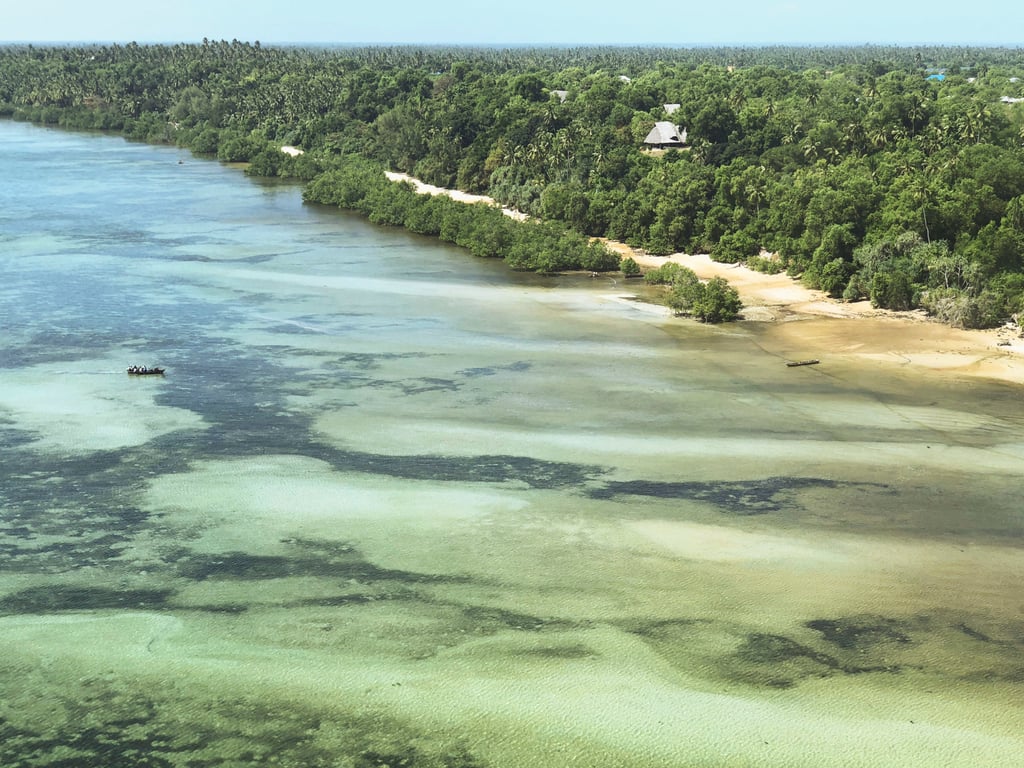Advertisement
Why mangroves are critical in climate change fight, and how Indonesia and Tanzania are using eco-tourism to protect them
- At the 28th United Nations climate change conference in Dubai, carbon dioxide-absorbing mangroves were in focus for their ability to help slow climate change
- Experts from Indonesia and Tanzania were among those who spoke in detail about the trees’ benefits and why protecting them requires expertise and smart funding
Reading Time:3 minutes
Why you can trust SCMP

On the coast of Tanzania’s Mafia Island is a blue lagoon – a dreamlike pool of bright turquoise water, filtered and cooled by the mangroves that surround it.
Advertisement
Ailars David, a marine conservation warden at the reserve, says there is a plan to build a boardwalk for tourists to reach the lagoon so they can swim surrounded by nature and the freshest of air.
“When you look up, you only see trees and the sounds of birds,” David said on Nature, Land Use and Ocean Day,Nature Day”, at the Cop28 UN climate summit in Dubai, which is due to conclude on December 12.
David hopes this nascent eco-tourism project can help fund work to patrol the Marine Protected Area’s more than 5,000 hectares (12,355 acres) of mangrove forest.

Mangroves act as carbon sinks, absorbing large quantities of planet-heating carbon dioxide, as well as offering benefits from protecting biodiversity and purifying water to protecting coastlines from erosion as sea levels rise on a warming planet.
Advertisement

Advertisement